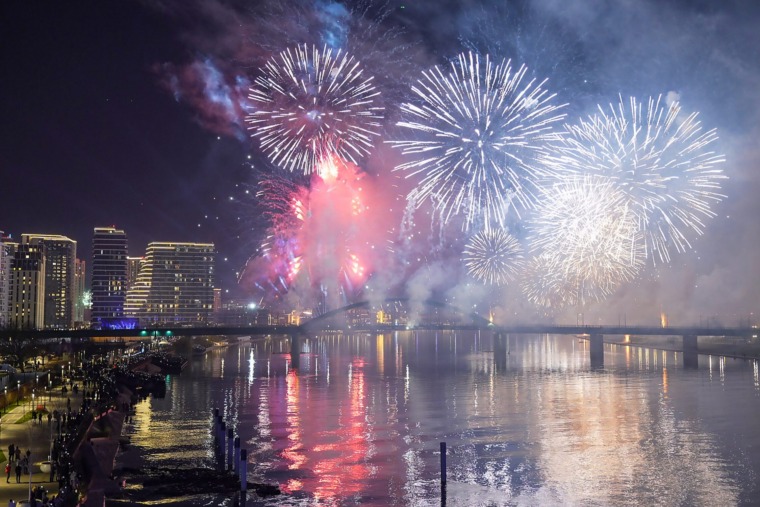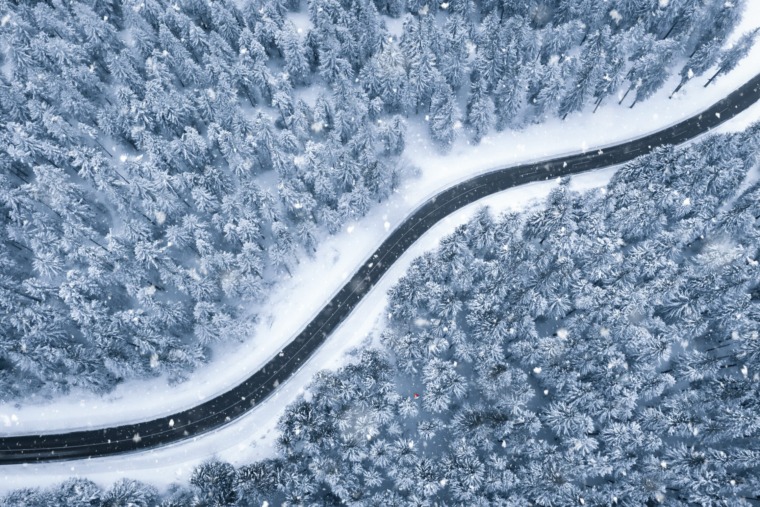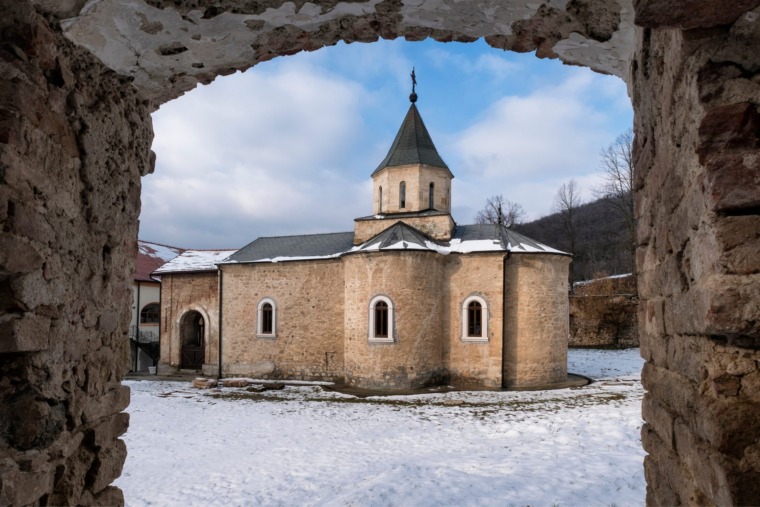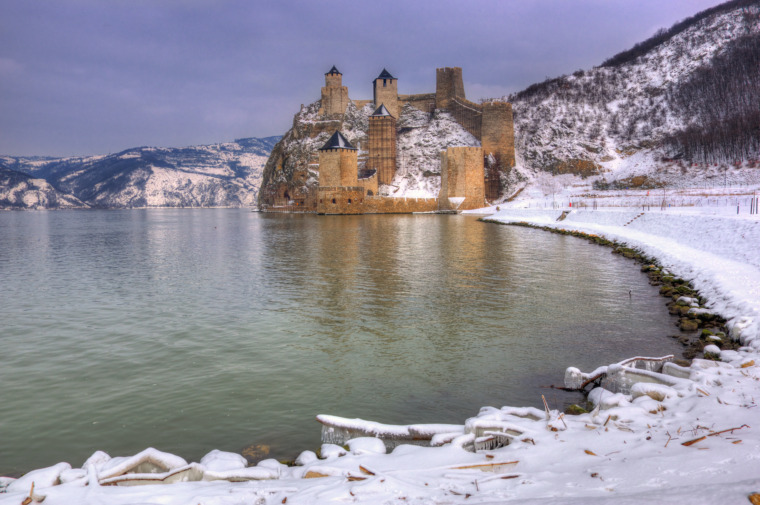
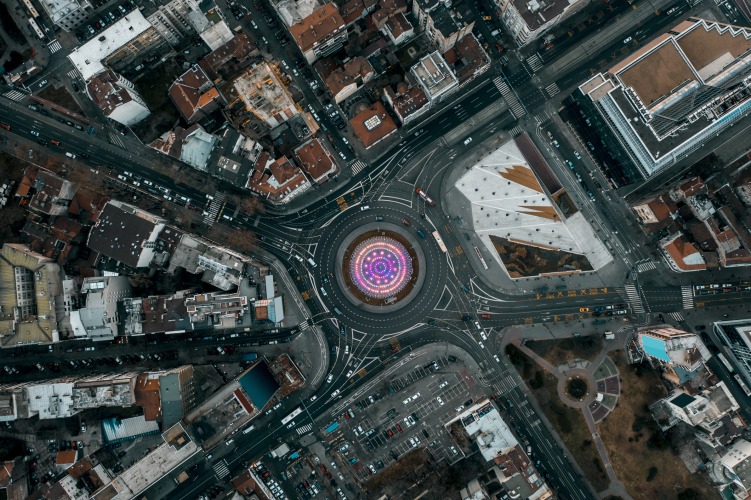
Slavija Square, or Trg Slavija, isn’t just a busy roundabout in Belgrade; it’s a fascinating blend of history, controversy, and modern ambition. With its chaotic traffic flow and ever-evolving cityscape, Slavija Square has a unique role in Belgrade’s identity, juxtaposing old-world charm and new-world dynamism.
Here’s a closer look at the history, hidden gems, and quirks that make Slavija more than just an intersection—and a guide to some remarkable sites nearby.
The Historical Layers of Slavija Square
In the 19th century, Slavija was a marshland, a quiet corner of Belgrade waiting for its transformation. This changed when the Scottish businessman Francis Mackenzie, often considered the “father of Slavija,” arrived in Serbia. Mackenzie purchased the land in the 1880s, envisioning an organized space that would connect the city to the world beyond.
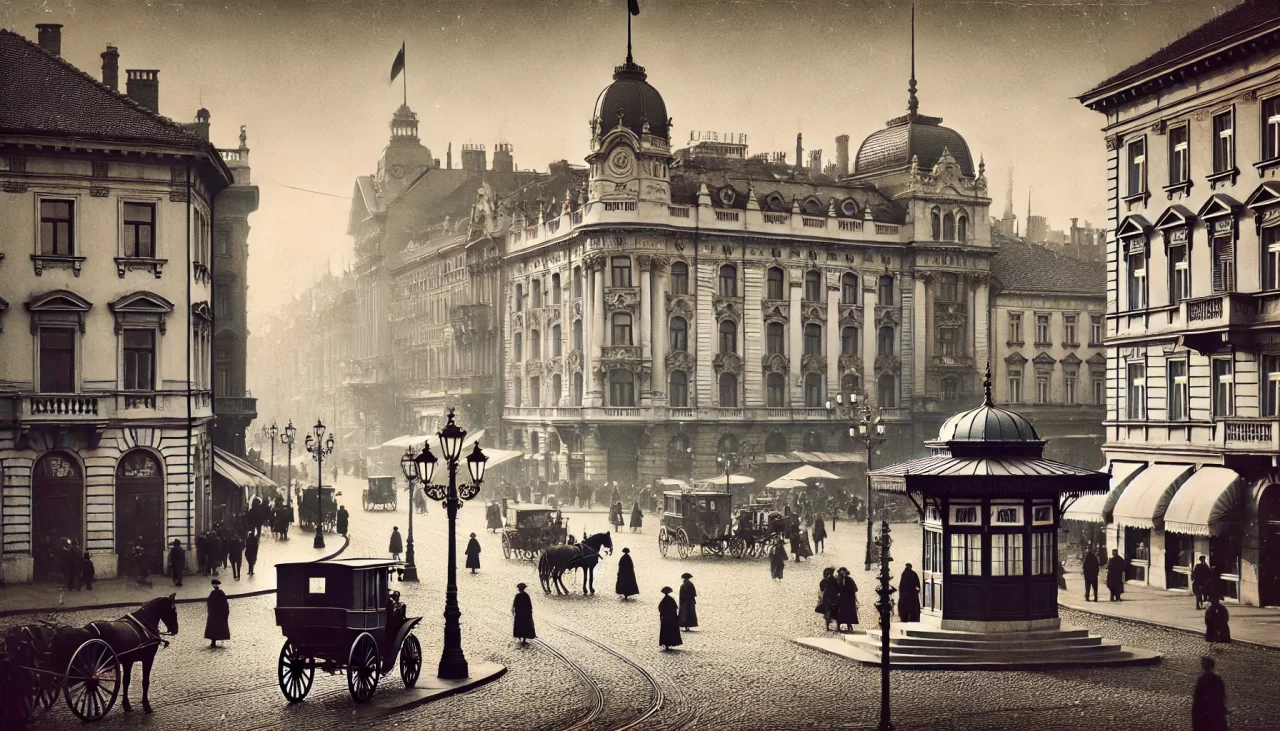
He developed the area and sold plots, leading to rapid urbanization and the establishment of the square as a commercial and residential hub. It was Mackenzie who named the area Slavija, in honor of Slavic unity, though it’s ironic that a Scotsman would kickstart such a nationalistic project.
Architectural Ambitions and Conflicts
One of Slavija’s defining features is its eclectic architecture. The square has seen multiple redesigns, but a cohesive vision was never fully realized. Today, you’ll see a blend of brutalist buildings from the Yugoslav era alongside modern glass towers. Among the standout structures is the Hotel Slavija, a relic of socialist modernism with a stark façade and stories of grandeur from a different time. Built in the 1960s, the hotel was intended to host foreign dignitaries but has since become somewhat infamous as a budget lodging, blending local and international guests in its own quirky way.
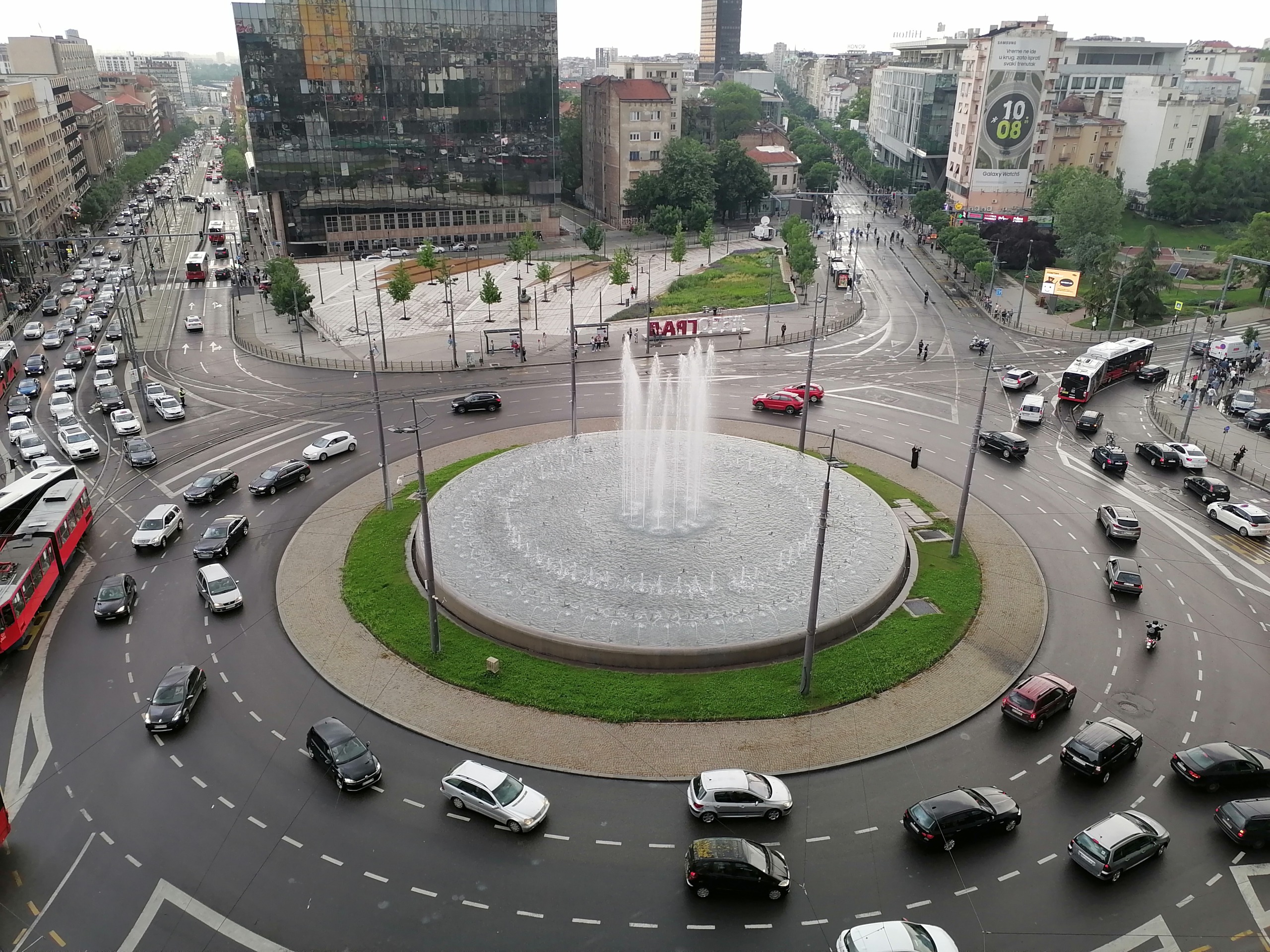
In the 21st century, plans to “beautify” Slavija have included the installation of a massive fountain, which has become one of the square’s most controversial features. Unveiled in 2017, this fountain is lit with colorful LED lights and even plays classical music in sync with water choreography. Although it faced criticism for its high price and occasional technical hiccups, it has gradually become a nighttime spectacle and an unexpected draw for tourists.
Tourist Attractions Near Slavija Square
Slavija Square is a gateway to some of Belgrade’s most remarkable landmarks and cultural sites, all within a short walk or a quick tram ride:
- Temple of Saint Sava
Only a 10-minute walk from Slavija Square, the Temple of Saint Sava is one of the largest Orthodox churches in the world and one of Serbia’s most iconic structures. With its grand white marble exterior and impressive domes, the temple is a must-visit for anyone in Belgrade. Inside, the recently completed mosaics and murals reflect the grandeur and spiritual significance of this monumental church. - Nikola Tesla Museum
Located just a few minutes from Slavija, this museum is dedicated to the life and work of Nikola Tesla, one of history’s most influential inventors and scientists. The museum houses Tesla’s personal belongings, original documents, inventions, and even his ashes. It’s a fascinating stop for science enthusiasts and anyone interested in Tesla’s legacy. - Tašmajdan Park and Church of St. Mark
A short walk from Slavija, Tašmajdan Park is a popular green oasis in the city. Within the park stands the Church of St. Mark, a striking Serbian Orthodox church built in the Serbian-Byzantine style. The park itself is a lovely spot to relax and take in the surrounding beauty, especially in spring when the flowers are in full bloom. - Manjež Park
Just behind the National Theatre on the other side of Slavija, Manjež Park offers a quiet space for relaxation and is surrounded by cafés and restaurants. The park’s elegant pathways and lush trees create a peaceful environment for a leisurely walk, and it’s a popular spot for families, students, and locals. - Yugoslav Drama Theatre (Jugoslovensko Dramsko Pozorište)
A few minutes from Slavija, this iconic theater showcases some of the best Serbian drama and modern performances. With a rich history and a commitment to producing groundbreaking plays, the Yugoslav Drama Theatre is a cultural gem in Belgrade and a fantastic destination for those interested in Serbian arts. - Museum of Paja Jovanović
Near Slavija Square, the Museum of Paja Jovanović offers a unique glimpse into the life and works of one of Serbia’s most celebrated painters. Known for his historical and genre scenes, Jovanović’s work captures the essence of Serbian culture in the 19th and 20th centuries. The museum includes original works, sketches, and personal items, making it a captivating stop for art enthusiasts.
Lesser-Known Facts and Curiosities
- Hidden Sculpture Tribute: Near the square is a bronze bust of Dimitrije Tucović, a socialist politician and thinker who actively opposed Serbia’s involvement in the Balkan Wars. His remains are buried beneath the statue, though few people are aware of this. Tucović’s presence is a reminder of Belgrade’s socialist past and its complex history of war and peace.
- The Roundabout that Never Stops: Slavija is infamous among locals for its challenging traffic. The roundabout is one of the busiest in Belgrade, handling a constant flow of cars, buses, and trams. Despite numerous traffic studies and redesign attempts, the roundabout has its own chaotic rhythm, intimidating newcomers and inspiring countless “survival tips” for first-time drivers.
- The Fountain’s Secret Soundtrack: The Slavija fountain doesn’t just display lights; it also plays music, with an interesting playlist that rotates between Serbian classics, local folk music, and international hits. The musical choices sometimes change for special occasions, holidays, or sports events, creating an unplanned soundscape that surprises passersby.
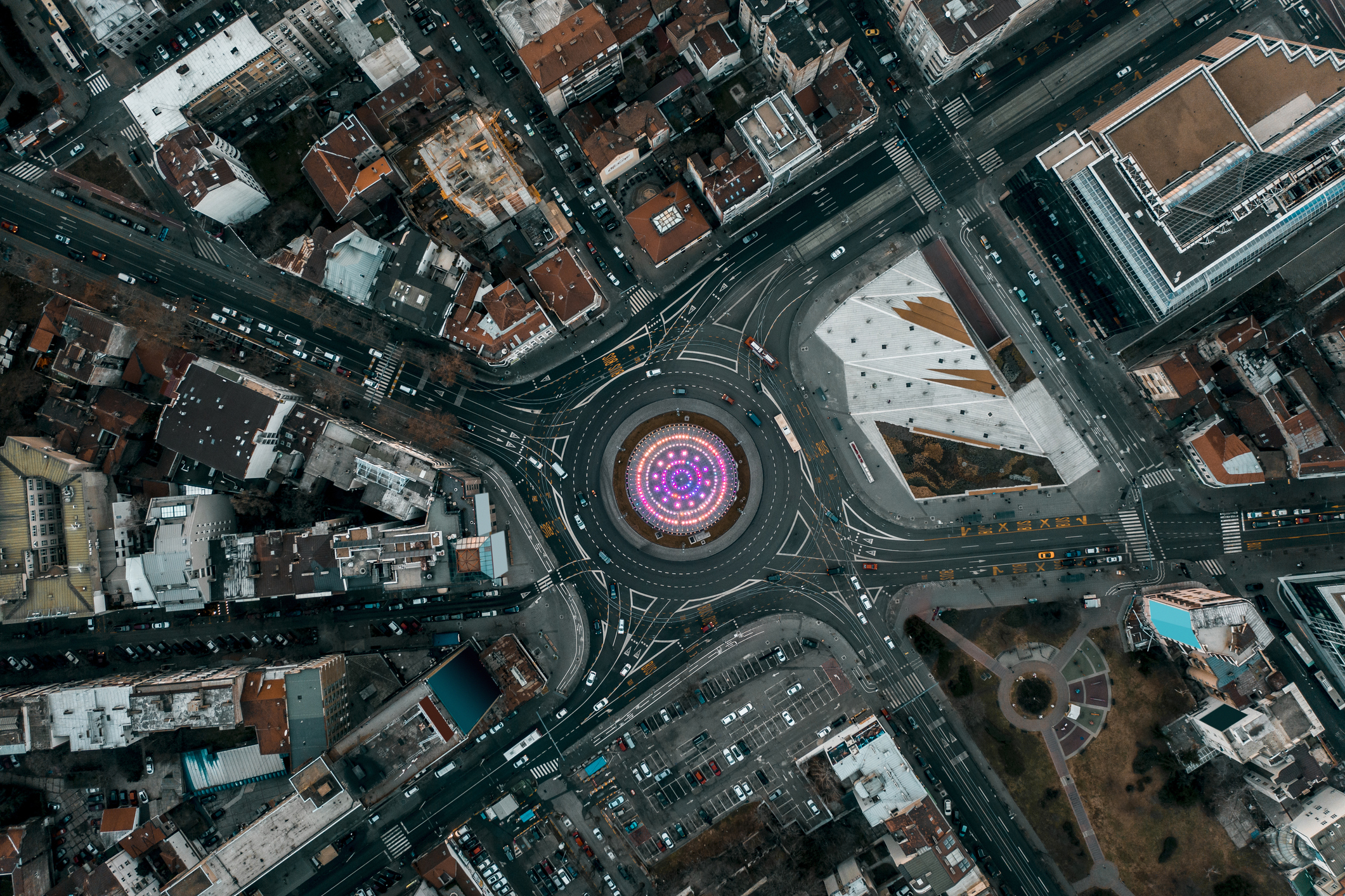
Slavija as a Microcosm of Belgrade
Slavija Square embodies the complexities of Belgrade itself—historical, chaotic, evolving, and full of character. Visitors who take the time to look beyond the traffic jams and bustling crowds will find layers of history and culture waiting to be discovered. With remarkable attractions like the Temple of Saint Sava, Nikola Tesla Museum, and Tašmajdan Park nearby, Slavija Square serves as a dynamic cultural crossroad where Belgrade’s past, present, and future converge.
Related Articles


Tourist Holiday Guide to Serbia: Tips, Traditions & What to Expect
December 20, 2025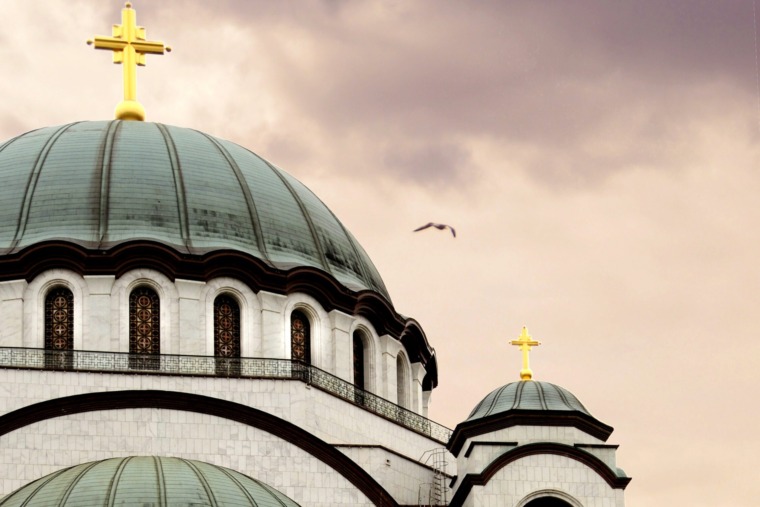
Belgrade: From Filming Location to Film Capital in the Making
December 18, 2025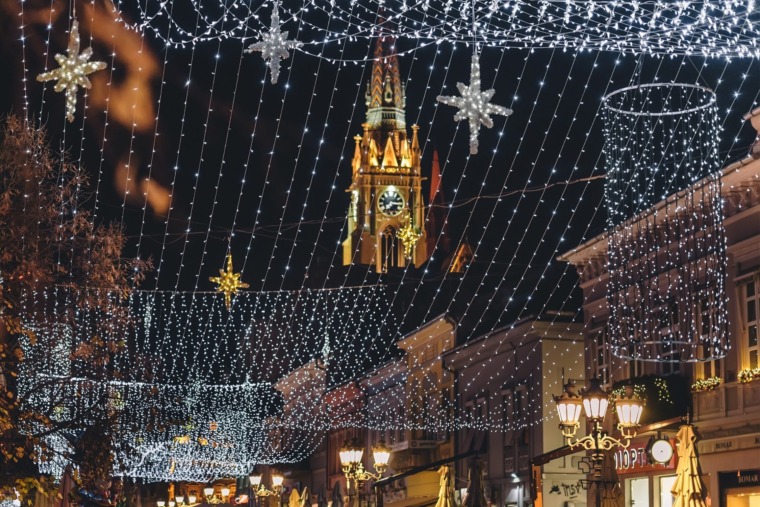
Snow-Free Serbia Travel Ideas for 2026
December 17, 2025
What to Do with Kids in Serbia: Family-Friendly Holiday Ideas
December 14, 2025

